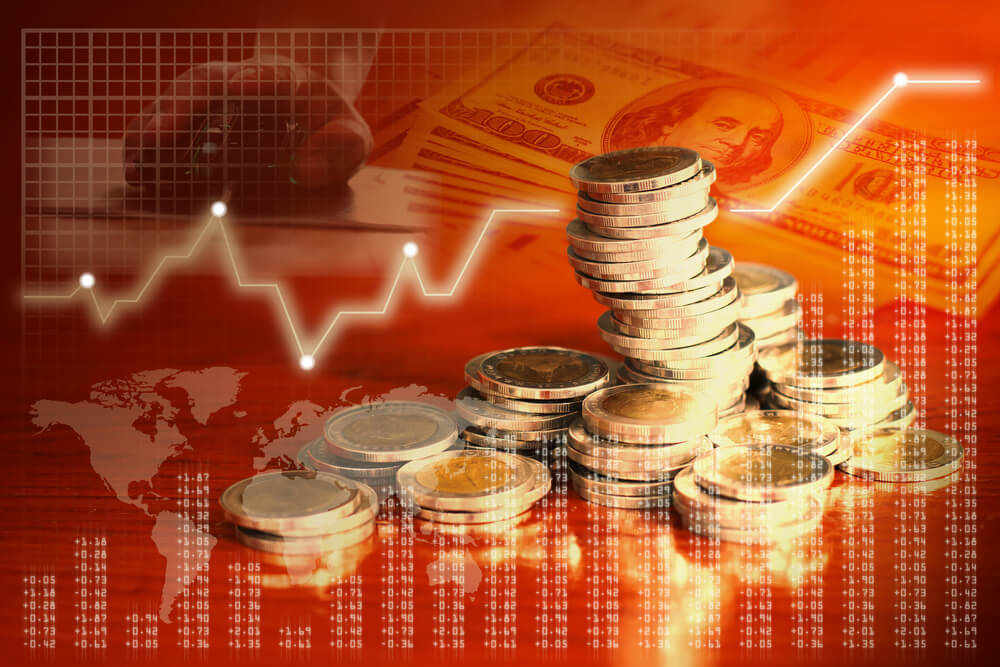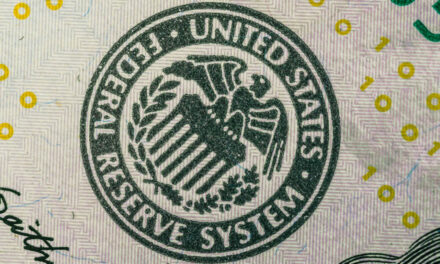With the U.S. and China reportedly still very far apart on trade negotiations, talk of a possible recession is picking up yet again while investors read the tea leaves for clues as to what will happen next for the stock market.
The current economic expansion of 10 consecutive years is set to become the longest on record this year, but the risk of recession also is at a six-year high, according to economists surveyed by Bloomberg. Of those surveyed, more than three-quarters of corporate CFOs expect a recession by the end of 2020 at the latest.
While there is no end all, be all recession indicator, this is what the most common data points are showing now, per Bloomberg:
Yield Curve
This may be the most closely watched market signal of a downturn. The New York Fed has a recession-probability tracker based on the average monthly spread between yields on three-month and 10-year Treasuries. The latest reading showed the chance of a recession at 23.6 percent for the 12 months through next January, the highest since the reading for the year through July 2008. Readings below 50 percent aren’t necessarily safe, either: The index hasn’t topped that level since the early 1980s, even though there have since been three recessions.
Consumer and Business Sentiment
Manufacturing Surveys
The same goes for monthly surveys of manufacturers and other companies conducted by the Institute for Supply Management and five Federal Reserve banks. These tend to be volatile from month to month, though all the Fed factory gauges fell together in December for the first time since May 2016 and the ISM’s national index hit a two-year low (it recovered some ground in January). Further sustained weakness across the gauges would indicate the sector is slumping, though it doesn’t necessarily mean the entire economy is in trouble.
Global Growth
With slowing global growth pushing the Fed to pause on interest-rate hikes, Goldman Sachs Group Inc. researchers have come up with a handy way to figure how much a world slowdown affects the U.S. economy. They say that for every 1 percentage-point decline in growth outside the U.S., American expansion is reduced by about half a point. The economists currently figure a 14 percent chance of a U.S. recession over the next year; that rises to 46 percent with a 3 percentage-point decline in global growth, according to a report Wednesday.
Hard Data
Ultimately, any evidence of a recession will come in principal indicators of the U.S. economy, including employment, incomes and hours worked; business sales; and of course, gross domestic product. Those are some of the figures reviewed by the National Bureau of Economic Research, the arbiter of the start and end dates of U.S. recessions. So far, those numbers aren’t close to flashing red, but when they do, it will probably be too late for any recession predictions.




